Sahiyo’s response to recent Executive Orders by the Trump Administration
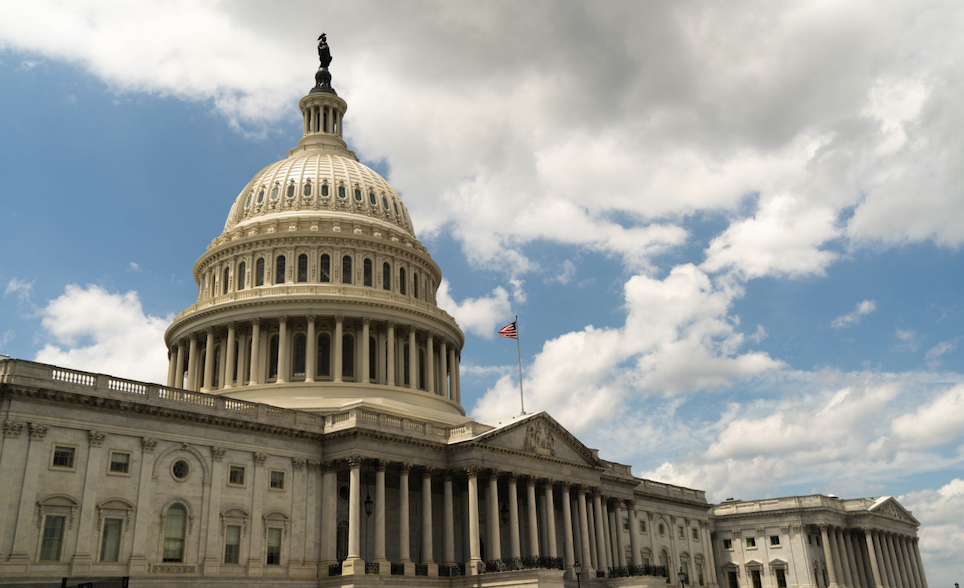
To our Sahiyo community, We realize that the past few weeks have been stressful to say the least. With the new administration’s slew of Executive Orders targeting the most vulnerable and the dismantlement of DEI programs at various organizations, we acknowledge that fear and trepidation are on the rise. If you’re in need of support, please check out the resources at the end of this blog. We admit: we’re also concerned. It’s disturbing watching the Trump administration blatantly conflate FGC and gender-affirming care. As we explained in a recent blog, this not only endangers trans and LGBTQ+ youth but also survivors of FGM/C. Additionally, we know that the recent attempt to freeze federal funding has worried many of you given the potential it has to impact critical programs and resources for our community. We want to assure all of you that Sahiyo is working to secure more funding and continue our programing to support survivors. We’re also working hard on no longer relying as much on government funding given it’s not a reliable source these days. To do that, though, we need your help. We understand these are hard times for everybody, but any kind of monetary donation would help us continue our work during the Trump era. Please, if you can, donate here. In the meantime, we hope you are all taking care of yourselves and each other, and know that we will get through this together. With love and in solidarity, Sahiyo Helpful resources: Our partner, the Asian Women’s Shelter, has a helpful crisis line for FGC survivors (1-877-751-0880) Rape / Sexual Abuse / Incest National Hotline (RAIN): 800-656-4673 Members of the LGBTQ community can call 1-866-488-7386 or visit www.thetrevorproject.org The South Asian Network provides a variety of health and wellbeing resources along with useful information to help immigrants protect themselves BlackLine Crisis Call Line: 1-800-604-5841 The National Hispanic Family Health Helpline, Su Familia: 1-866-783-2645 Dial 988 or visit www.988lifeline.org if you or somebody you know are in a crisis or experiencing thoughts of suicide Psychology Today is a large directory connecting you with therapists, support groups, psychiatrists, and other mental health professionals in your area or virtually The ACLU provides information on your rights if you come into contact with or are questioned by immigration officers
Sahiyo condemns recent executive order conflating female genital mutilation/cutting with gender-affirming care
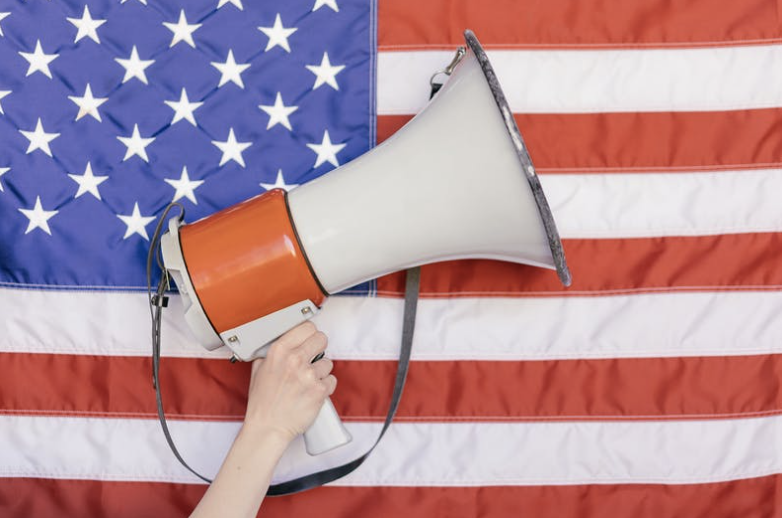
At Sahiyo, we are disheartened and frustrated by the harmful conflation between female genital mutilation/cutting (FGM/C) and gender-affirming care made in a recent Executive Order issued by the Trump Administration. While this is unfortunately not the first attempt made by government officials to co-opt anti-FGM/C legislation to criminalize gender-affirming care for transgender and non-binary youth, the use of the Presidential platform to uplift discriminatory rhetoric and instill fear is shameful and must be addressed. FGM/C comprises all procedures that involve partial or total removal of the external female genitalia, or other injury to the female genital organs for non-medical reasons. The practice has no health benefits for girls and women, and causes severe bleeding, problems urinating, as well as cysts, infections, and complications in childbirth and increased risk of newborn deaths, to name a few negative outcomes. The STOP FGM Act of 2020 made it clear that FGM/C was illegal in the United States. These hard-fought legal protections for FGM/C survivors and those at-risk at the federal level must be preserved by calling out the Trump Administration’s inflammatory rhetoric for what it is: an attempt to dilute the protections already in place to protect survivors of FGM/C, and those at-risk of undergoing FGM/C to harm and discriminate against another vulnerable community. Sahiyo stands with survivors of FGM/C, some of whom also identify as transgender and non-binary, and who have prompted Sahiyo over the years to create programming that can better support their intersectional realities. In fact, Sahiyo studied the intersection between FGM/C and LGBTQIA+ issues in our Critical Intersections Research Project. From our work with survivors, our research, and our experiences, we recognize that there are several key differences between FGM/C and gender-affirming care, namely the fundamental issues of consent and bodily autonomy. FGM/C is a human rights violation performed without consent that compromises the bodily autonomy of children and has negative physical and mental effects that can last a lifetime. Gender-affirming care is a medically necessary form of care that includes a diverse array of interventions to align one’s identity with their sexual characteristics; this care is only provided with the consent of the individual. Research has also shown that these treatments lead to decreased rates of depression, improvement in psychosocial functioning, and minimal long-term side effects. In other words, FGM/C takes away bodily autonomy, while gender-affirming care preserves the bodily autonomy of the individual. For additional information and research, we encourage you to read When Protecting Girls Is Twisted Into Attacking Trans Youth: FGM/C Survivors Fight Back Against Transphobic Right-Wing Narratives. In Solidarity, Sahiyo
Healing from Khatna with EMDR
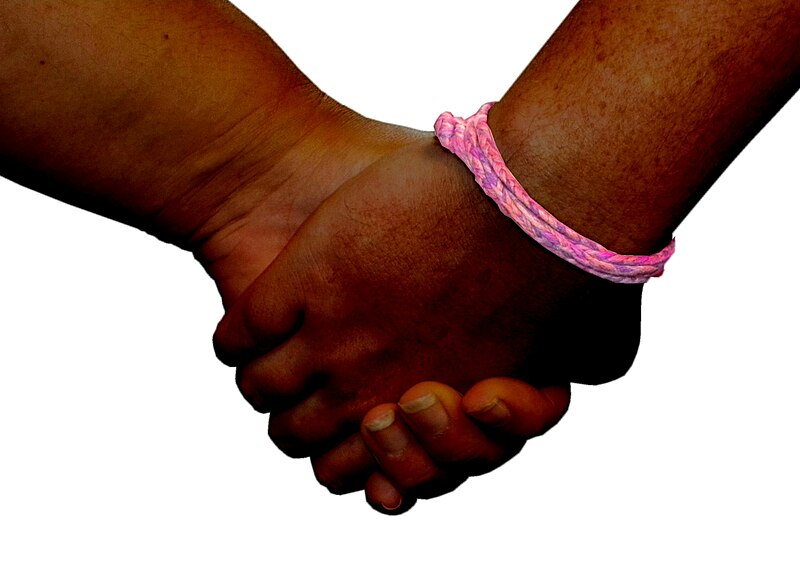
By: Sunera Sadicali Trigger warning: This article contains graphic descriptions of female genital cutting (FGC). Khatna (or FGC) is much more than a physical wound. It has stayed quiet in my mind. I was not conscious of the impact of FGC on me and had dismissed it with all kinds of justifications. My therapist uses eye movement desensitization and reprocessing (EMDR) to help me process the trauma, and we decided to address this episode of my life that “I cared little about.” EMDR is an evidence-based trauma therapy that uses bilateral brain stimulation to process traumatic experiences. In a simple way, it helps the person to make sense of and resignify the trauma, resulting in a more adaptive and coherent narrative of the past experience and their life. In a nutshell, this is how it is performed: 1. First, the therapist helps the patient identify the traumatic memory they want to heal from. 2. Through sounds, taps, or eye movements, the therapist guides the patient through processing the memory as the patient focuses on it. 3. The therapist and patient repeatedly do this until the memory is no longer disturbing. With EMDR I go back in time; my therapist asks me, “Where are you? What do you feel in your body?” I visualize the waiting room, the sliding doors, and my sister on my left side. She is small, and she is as scared as I am because nobody explained to us what was going to happen. Our cousin was taken, and suddenly we heard a loud scream. “I feel in my body the fear of the pain, of the unknown. I feel fear in my whole body. I know that whatever is happening there, I am the next one.” My eye movement continues from one side to another. I feel safe with my therapist, I flow, I am in my body. Next, I am laid down on that gurney. The room is half dark, my aunt is on my right side, and my mother is on my left. In front of me, there is a woman, a doctor with a white coat. “I feel the fear in my body again.” They grab me from my legs, I am in a lithotomy position, and they hold me down with force. I can’t see my pelvis, I can’t see what is going to happen, nobody is telling me. There is no explanation, no asking consent, no describing the purpose of the act. “I feel the pressure of my legs, and suddenly, a sharp pain like an electric shock coming from my genitals.” I cry all along in fear and pain. She tells me it is a little worm that needs to be cut. That’s all. My eye movement continues from one side to another. “I go back to the pain, to the fear.” There is a silence between the act and the worm. There is a silence that has never ceased to exist, nobody told you before the worm, nor after the pain. There is silence between me and my sisters, silence between my mother, and between my aunty and myself. We never talked about the act itself. How it was done. “Why?” I believed it was not a big deal. Não era para tanto. “You don’t have to complain because it was a very small cut, look how they do it to African women.” Until today, I had not understood the seriousness of what had happened to me. The living body sensations it had caused. How it was carried out, and executed as the norm. The norm is that you are not allowed to complain. Entering my body through EMDR, feeling the moment of Khatna again, before and after, allowed me to understand the beliefs that were generated from this act. The belief is that whatever happened to me is “not so important,” because it was not seen as important then. Traumatic experiences generate wrongful beliefs about ourselves. The belief that you have no right to complain. That it was for your own good, you were lucky enough that a doctor performed it, that you felt little pain. These are ways to cover up violence. Silence, lies, force, violence, continuing to perpetuate and defend a crime. Since it was implemented, EMDR has been recognized as evidence-based psychotherapy by the National Registry of Evidence-based Programs and Practices (NREPP) and in 2012, the World Health Organization (WHO) recommended the use of EMDR in adults and children with post-traumatic stress syndrome (PTSD). The brain has the intrinsic capacity to heal itself from disturbing events and experiences, by forming different pathways. If this is not achieved, for example, because of the lack of emotional support in childhood to help integrate these experiences, or validation, reparation, or acknowledgment from the external world, parents, or attachment figures, the traumatic memories will be blocked and retained as an implicit memory…buried inside the mind without having permission to come out. It then becomes a wound that keeps inflicting damage, in our unconsciousness. This creates unhealthy beliefs about ourselves, especially as a child. Children need to protect their relationship with their parents, and their family, to keep the attachment and love alive; they will unconsciously excuse their parents, and if it’s needed allow wrong beliefs about themselves to justify what has happened to them. EMDR, with its bilateral stimulation, helps me to connect and restore the balance in the systems that process traumatic experiences. It is a bottom-up therapy that installs positive information on various levels: the body, emotions, sensations, and belief systems. I am currently receiving EMDR therapy, and I was recommended this modality — along with psychotherapy — to promote healing in general, especially from FGC as it happened in childhood and is related to sexuality and patriarchal mandates. EMDR works at a body level, and works on the memories of the body sensations, allowing the non-adaptive beliefs to emerge and to be replaced by new more positive, and resilient ones. Related links: Learn more about Asian Women’s
Male Engagement within the Movement to End FGM/C: From Conversation to Connection: Creating a dialogue between men and women on FGM/C

By: Bakahn Jamal Talking about FGC with others is not always easy, especially when speaking to men about the subject. Over the month of June, Sahiyo held an awareness campaign in honor of Fathers day, highlighting the importance of engaging in conversations with men about FGC. In connection with that campaign, Sahiyo reached out to Bakahn Jamal, a Project Supervisor for Wadi, an organization promoting self-help programs in the Middle East. A large part of her work is going to rural communities and creating dialogues with local leaders about the dangers of FGC. Below, Bakahn shared her experiences and advice for engaging in conversations with men about FGC, and why those conversations are critical to the movement to end FGC. 1. How did you start initiating dialogue with men about FGM/C? When working with women regarding the topic of FGM and [its consequences] – such as intimacy and sexual issues – women will tell us that we should also speak with their husbands about the implications of FGM because “he does not understand why I might act or feel in certain ways.” Through these conversations, we realized the importance of involving men in a dialogue about these issues. That is how we started working with men — by asking them what their knowledge of FGM was and also asking them how they felt about the practice. From there, we were able to ask them to help advocate to end the practice in their own communities. 2. What has been your experience engaging with men about the practice in their communities? The subject of FGM with men is always tricky because one will not know what to expect. Traditionally, FGM is considered “woman’s territory,” meaning men will avoid talking or associating themselves with such conversations about the practice. Most men will immediately shut down such conversations, and some will even get embarrassed or aggressive, but one thing for sure is that they have little to no knowledge about the practice itself. This is why including education within our advocacy work with men is so important because it leads to more productive conversations. 3. Has this experience been positive or negative? I get both positive and negative reactions. Some men get really upset and shame us for talking about such “embarrassing and shameful” topics. However, there are also men who welcome the topic and tell us that they have many issues within their marriage related to FGC. We also had men who we’ve worked with start advocating for ending the practice in their communities once they fully understood the negative effects FGM has on women and girls. One very good example of this is a man who we worked with called Kak Sarhad. He was a mayor in a village by the name of Tutaqal. His leadership and willingness to speak on the practice was one of the reasons the village became FGM-free. He helped [save] many girls from being cut in his community. 4. Has speaking to men about FGM/C changed the way you approach your work to end FGM/C and if so, how? I’ve realized that men can be a very big help in ending the practice. There are many influential male figures in our society who can make a huge positive change in our communities, from clerics to mayors, to tribal leaders or even the head of family. When men understand that FGM endangers their daughters, wives, and close female relatives and friends, they start to understand how their indifference toward the practice only makes the matter worse. We especially try to engage with fathers on the topic because they are often the decision-makers in a household in our society. So, if they say “my daughters are not to be mutilated,” I doubt that anyone in the family would go against that. If you have the support of a well-respected male figure no one will question your motive, even when you are advocating for ending a very deep-rooted tradition. 5. What message would you like to give men about the importance of ending FGC? What I want to say to every male figure regarding FGM is that FGM is not only a female issue — this practice also impacts men and the well-being and future of their families. FGM can be very destructive. Without men realizing it, it can impact very small details of their lives and it can also become deadly to their loved ones. So please educate yourself and know ignorance might cost your daughter, your sister, or your wife the future they deserve. Related: Breaking the Silence: A Conversation with My Father About FGM/C The practice of khatna on girls must stop / છોકરીઓ પર ખત્નાની પ્રથા બંધ થવી જોઈએ Starting the Dialogue: Sharing Your Experiences on Initiating Conversations with Men about Female Genital Cutting Ending FGM – Fight the Mansplaining, Toxic Masculinity, and Patriarchy
Reflecting on the 2024 Asian Pacific Institute for Gender Based Violence National Summit
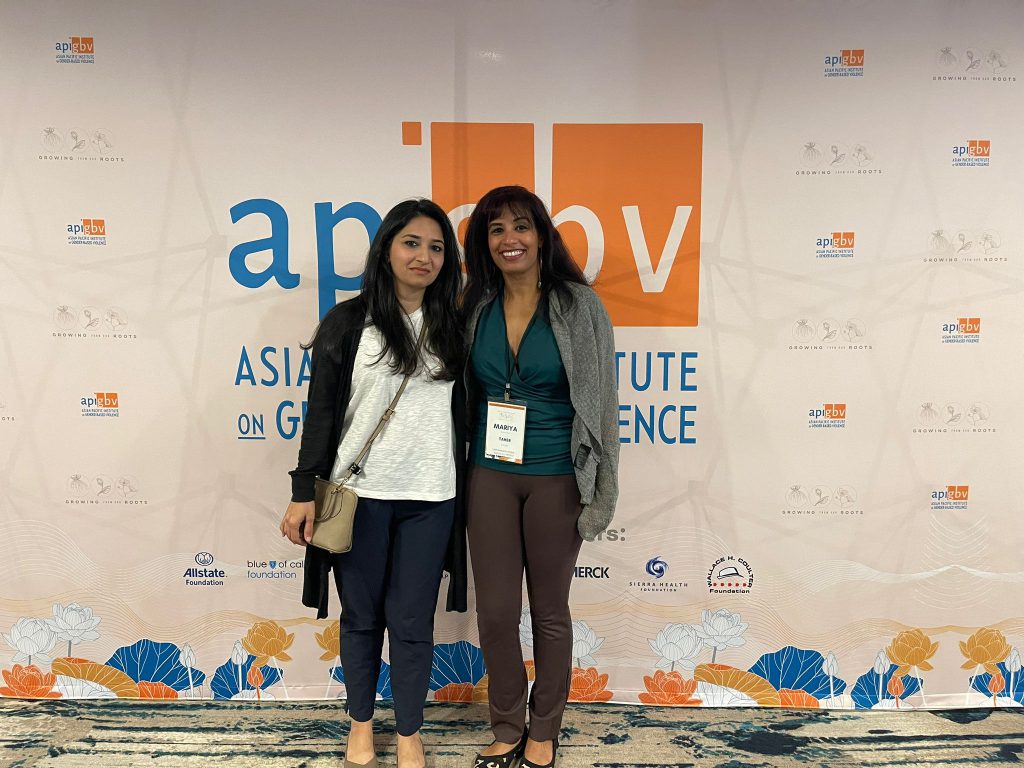
By: Samman Masud In August 2024, I, along with Sahiyo U.S. Executive Director Mariya Taher attended the Asian-Pacific Institute for Gender Based-Violence (APIGBV) National Summit in San Francisco, California. This year’s conference was aptly titled, “Growing from our Roots,” and focused on honoring the founding leaders who came together to form APIGBV in 1993, who have made landmark contributions to the field of gender-based violence and culturally specific advocacy since 1993. The three-day summit welcomed many attendees across the country, including grantees whose community-led, gender-based violence projects are funded by the ARP Support for Survivors Program. As one of the grantees, Sahiyo U.S. has used the funding to grow our Activists Retreat Project, a program that seeks to grow a network of anti-FGC activists and survivor-advocates doing critical advocacy work to end female genital cutting (FGC) in the U.S. The summit was brimming with positive energy with more than 400 attendees present as well as a great agenda, which welcomed speakers and guests from various organizations working in their respective ways to address the culturally specific needs of survivors, advocates and community members. Sharing a physical space, enjoying food together, and having vibrant conversations with folks dedicated to social justice work gave me a sense of community that I so badly needed in this moment, which was laden with anxiety from events both on the domestic and the international political front. And so, I didn’t miss the chance to also join the summer soirée hosted by Survivors, Organizations, Allies, Rising (SOAR),a member collective dedicated to addressing gender-based violence issues among South Asian diaspora in the U.S. We gathered at the beautiful Chandran Art Gallery on Geary Street in chilly San Francisco, had great food, and made plans about the future of SOAR with a focus on areas of improvement, such as increasing youth representation, the importance of data collection and project duplication in our advocacy efforts. There were many portions of the Summit I enjoyed including a workshop on effective storytelling in advocacy work, a session on diversity and equity pitfalls in hierarchical organizations, and a difficult but important conversation on male engagement efforts in gender-based violence work. The discussions in these sessions provided important reminders, likethe need to “keep the lens on the survivor”, a goal that sometimes gets lost due to many challenges that arise with routine operational and administrative work in organizations. Recurring discussions about intersectionality brought to the forefront critical issues in gender-based violence work, for example, the need to fund flanguage access resources to help campaigns addressing communities of color. Stressing the importance of \ survivor-led efforts, and keeping the focus on the growing, intersecting needs of diverse communities in the U.S., helps to improve our work, as I hope to bring more language access to Sahiyo. One way of accomplishing this is hosting a community call in Hindi or Gujarati with members of Bhaiyo, our male engagement initiative at Sahiyo, a goal we hope to achieve later this year. There were many great gatherings and conversations at the Summit, but for me, the highlight was listening to API-GBV Executive Director, Monica Khant in her fireside chat with activist and journalist Helen Zia. A key figure in the Asian American movement and a gender justice advocate, Zia talked about her earlier work in the civil rights movement. Sheemphasized the need to “humanize Asian Americans,” and touched on being Asian in America, which brings with it intersecting forms of oppressions like racism and sexism. As an activist working to address FGC among South Asian community members in the U.S., I could relate very well to Zia’s discussion of the challenges that intersecting dynamics can present to survivors and community members addressing gender-based violence. Zia also stressed the importance of drawing lessons from other marginalized communities in the U.S., such as Black communities that rely on each other in times of crisis. She also emphasized the importance of continuing solidarity work with said communities to solidify the movement and address the root causes of universal, systemic causes of oppression: male privilege and the patriarchy. With that, I realize that gender-based violence work is hard, and gets increasingly difficult given other rapidly changing dynamics of the world. Being in community and listening to the success stories of achievements through solidarity makes the work a little bit easier, and the journey more worthwhile.
Empowering Voices: The Launch of the Sharing Your Experience with Female Genital Mutilation/Cutting (FGM/C) Guide
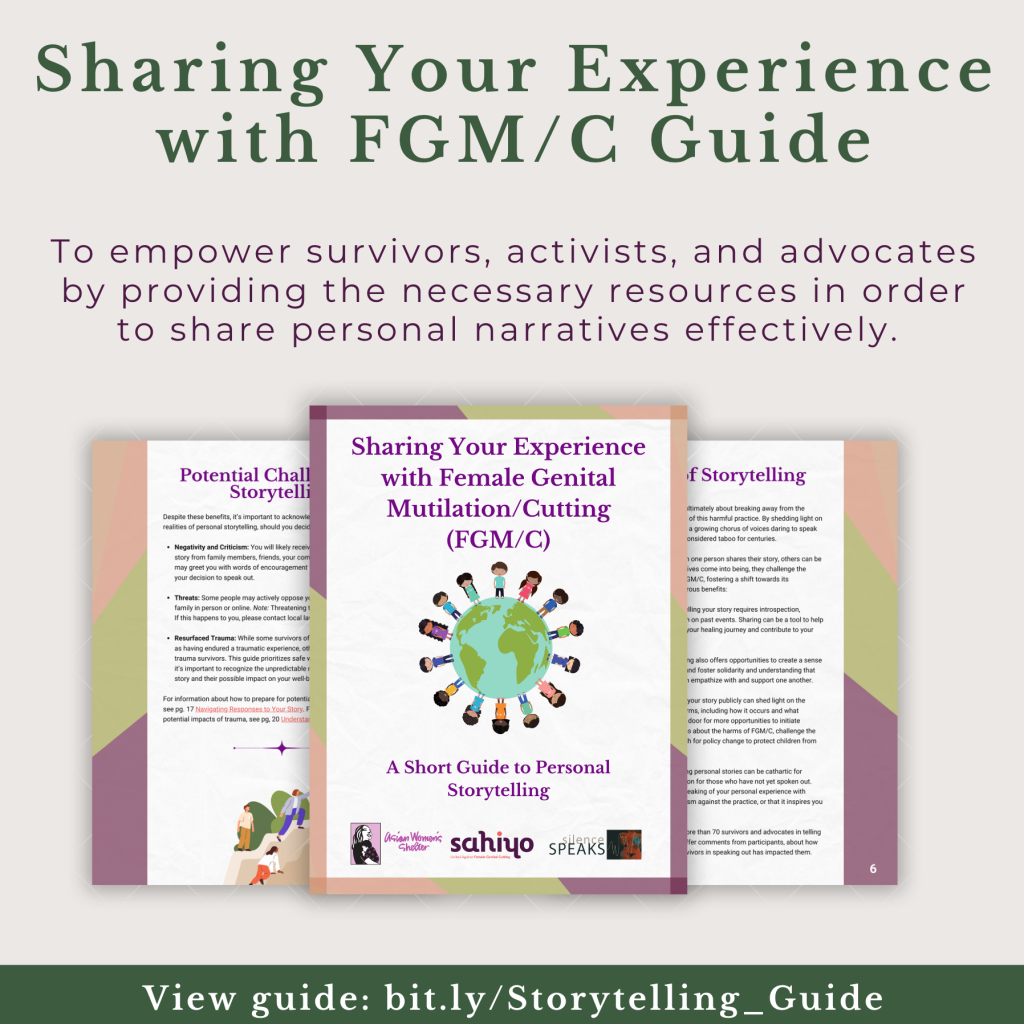
Sahiyo is excited to unveil our new guide, Sharing Your Experience with Female Genital Mutilation/Cutting (FGM/C), in partnership with the Voices to End FGM/C project. This project is a dynamic collaboration between Sahiyo U.S., Silence Speaks, and the Asian Women’s Shelter. This guide is designed to empower survivors, activists, and advocates by providing the necessary resources to learn how to share personal narratives publicly. This resource aims to amplify voices, educate communities, and, ultimately, mobilize individuals to take personal steps toward addressing female genital mutilation/cutting (FGM/C). What You’ll Find Inside: Writing Tips: Practical advice to help you craft and share your story in a way that feels right for you. Emotional Support: Insights on how to prepare yourself emotionally for the storytelling process. Public Sharing Guidance: Tips on how to share your story publicly, whether with friends, family, or a wider audience. Trauma Education: Information on the impacts of trauma and how to manage the feelings that might come up. We also encourage you to explore our Voices to End FGM/C website and discover the diverse stories from across the globe. Why This Guide Is Important Each story shared through this guide humanizes the issue of FGM/C, fostering empathy and inspiring action. For many survivors and advocates, sharing personal stories can be a powerful step towards healing and can also be a way for them to make a difference in their communities. Making space for people to tell their stories can help to transform feelings of helplessness into resilience and solidarity. By sharing our voices, we join in a brave community of survivors and advocates working to raise awareness and inspire change on this issue Ready to Share Your Story? If you’re ready to start sharing your experience with FGM/C, this guide is here to help. Your story is powerful and can make a significant impact in helping to raise awareness and support for ending FGM/C for future generations. Get the Guide You can access the guide today on the Voices website. You can also learn more about the Voices to End FGM/C program on Sahiyos website If you have any questions or need further support, please don’t hesitate to reach out to us. We’re here for you! Contact Us For any questions or more information on the Voices program, contact us at aries@sahiyo.org Your voice matters. Share your story and be part of the change.
Intern Spotlight: Maeve Monger Events & Programs Intern
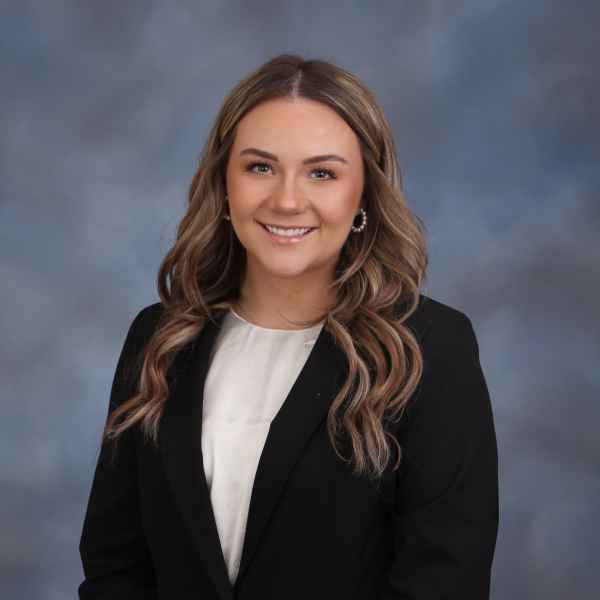
Maeve is currently an undergraduate at the University of Illinois at Urbana-Champaign pursuing a degree in Political Science and Public Relations, with an interest in citizen politics. Through her studies and female-founded extracurriculars, Maeve has become increasingly interested in advocating for women’s rights throughout the world. She is excited to be a part of Sahiyo U.S. and be able to support this progressive change. When and how did you first get involved with Sahiyo? I first became involved with Sahiyo in May 2024 when looking to get my foot in the door for non-profit work. What does your work with Sahiyo involve? Being a Programs and Events Intern with Sahiyo involves a variety of tasks. My role often involves supporting the incredible women here who work selflessly to provide resources and engagement to survivors and fellow advocates against FGM/C. I find pride in being a support system for these women that work for Sahiyo, and that I am able to provide a helping hand in these events to support other women throughout the world. How has your involvement with Sahiyo impacted your life? My involvement with Sahiyo these past few months has drastically impacted my life, opening my eyes to the survivors of FGM/C. The gravity of FGM/C is something that may have been overlooked in my life prior to working with Sahiyo because it is a topic that is not discussed as much as it should be. However, now I have become a huge advocate in supporting survivors of FGM/C. I have always had a passion for women’s rights, but my involvement with Sahiyo has only increased that and gave me a platform to speak out about women’s rights, and more specifically FGM/C. I have found it extremely fulfilling working with Sahiyo and being able to be apart of the fight to end FGM/C. What words of wisdom would you like to share with others who may be interested in supporting Sahiyo and the movement against FGC? Do what makes you passionate. Your participation in the movement against FGM/C is so much more meaningful than you may think. Move with empathy and courage, and your voice will make an impact.
FGM/C in California – Past, Present, and Future

The California Coalition to End FGM/C is hosting a webinar titled, “FGM/C In California – Past, Present, and Future” Date: Friday, October 11th Time: 12:30 – 1:45 pm ET / 9:30 – 10:45 am PT Registration: https://bit.ly/CAcoalitionwebinar Zoom: https://us02web.zoom.us/j/89895243890?pwd=Y6iLxQmEV1OHv77XbSa8XbrSvbgvYa.1 Description: The webinar will be held like a town hall, giving participants the chance to learn in a safe space about the topic of female genital mutilation (FGM/C) through an interactive dialogue. Speakers will include Sahiyo U.S. Executive Director Mariya Taher; Shivangi Mirsa of Equality Now; Senait Admassu and Athia Carrim of the Greater LA FGM Task Force and African Coalition; and Orchid Pusey of the San Francisco Asian Women’s Shelter. Participants will discuss the shortcomings of the current law in California, which was written back in 1996. The coalition will also lay out how the legislation needs to be amended in order to create culturally sensitive and cognizant prevention and support programs to support survivors and those at risk of FGM/C. This Roundtable is an opportunity to share and learn from survivors, advocates, service providers, and community members on the topic of FGM/C and the work being done to address the issue. Furthermore, this event will seek to connect with California legislators who are accountable for upholding and addressing various components of the original 1996 FGM/C law. Through engaging narratives and open conversation, this webinar will help to garner support in building a greater California coalition to end FGM/C that can better advocate for strengthening existing laws on FGM/C in the State. Register for the webinar here. [youtube url=”https://www.youtube.com/watch?v=HTAZ0vrd0cg”]
Takeaways from Sahiyo’s Webinar on Framing FGM/C
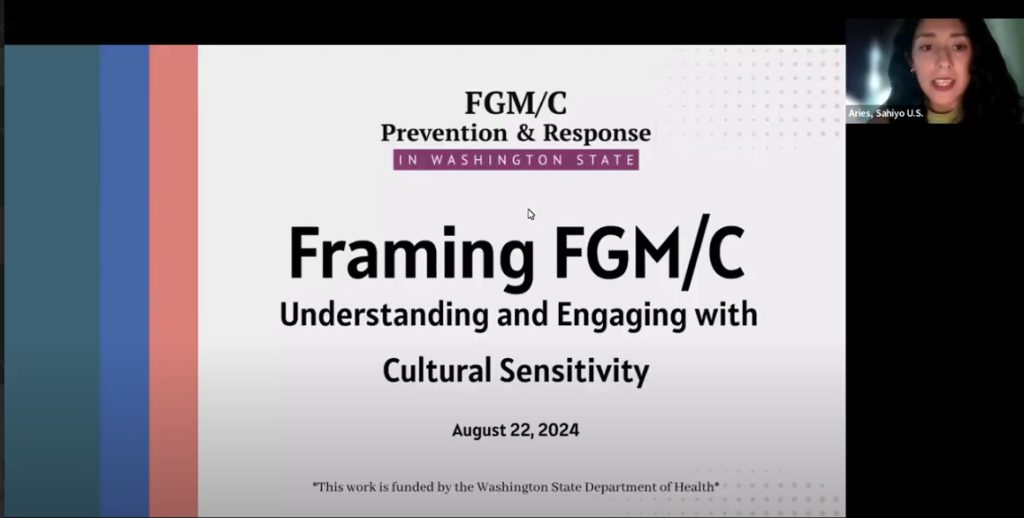
Sahiyo’s recent webinar, “Framing FGM/C: Understanding and Engaging with Cultural Sensitivity,” left a lasting impression on many of the attendees. With over 160 registrants, the session successfully opened up important conversations on how framing can shape our approach to ending female genital cutting (FGC). Feedback from participants shared after the event shed light on how this training has influenced their perspectives and engagement. One of the key takeaways from the webinar was how critical it is to frame discussions around FGM/C in a way that respects cultural contexts while still advocating for change. As one participant shared: “It has opened my eyes to an ongoing issue that I hadn’t been fully aware of before. I plan on using the communication skills presented in this slideshow for organizing and discussing issues.” Throughout the session, participants shared their thoughts and experiences, many remarking on how the personal stories shared deeply moved them. Digital stories shown from the Voices to End FGM/C project sparked meaningful reflections on how the way we talk about FGM/C impacts both the movement and those affected: “Seeing Renee’s story really impacted me and demonstrated the importance of awareness of this world issue.” “Hearing stories always motivates me towards advocacy – the courage is contagious.” This training was funded by the Washington State Department of Health and held in partnerships with the U.S. Network to End FGM/C. Visit the Washington state project website to learn more and watch Renee’s story below! [youtube url=https://www.youtube.com/watch?v=UlO-_WRWZoU]
Introducing The FGM/C Policy Advocate Care Fund
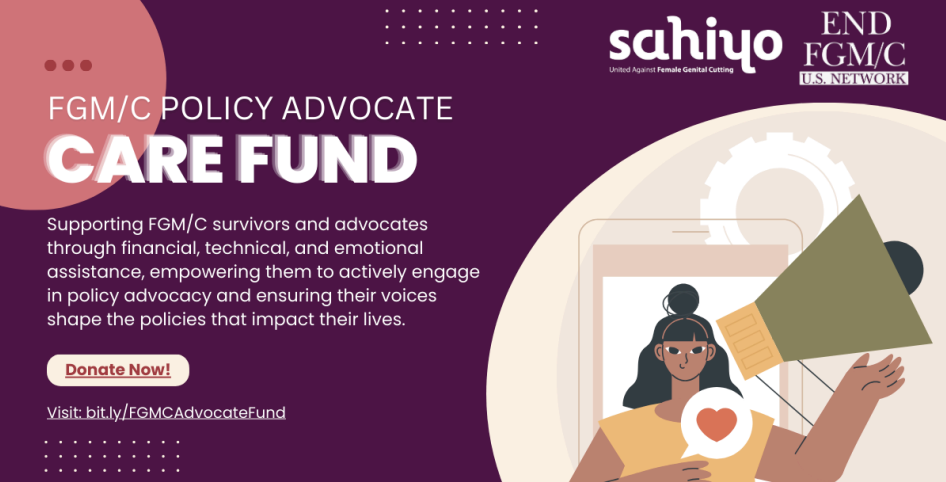
The newly established FGM/C Policy Advocate Care Fund provides vital resources and support to those tirelessly working to prevent FGM/C and support survivors. Created through a partnership between Sahiyo U.S. and the U.S. End FGM/C Network, this fund aims to: Empower survivors and individuals from communities impacted by FGM/C Enable survivors, activists, and advocates to actively engage in education and policy advocacy Ensure that activists are fairly compensated for their contributions, recognizing that they are often overlooked and underfunded. Advocates working to end FGM/C face numerous challenges including resistance from communities, lack of resources, and risks to their health and mental well being. Finding ways to support these advocates can help ensure individuals can continue their vital work to end FGM/C, effectively and safely. The goal of the fund is to empower activists, advocates, and survivors to create meaningful change in their communities and end this harmful practice. Your donation is essential in sustaining the critical work of advocates dedicated to ending FGM/C. By donating to The FGM/C Policy Advocate Care Fund, you’re directly empowering advocates, ensuring they have the financial, technical, and emotional support necessary to continue their impactful work. Your contribution strengthens their capacity, safeguards their well-being, and creates lasting change in the world. Donate Here. (P.S. don’t miss out on our upcoming event, “4 Essential Strategies for Self and Community Care in Activism,” with Farzana Doctor, on Tuesday, September 10th at 9:00 AM PST/ 12:00 PM EST. Register Here.)
